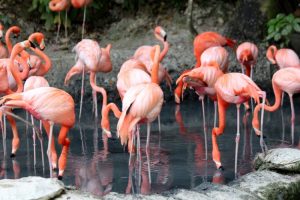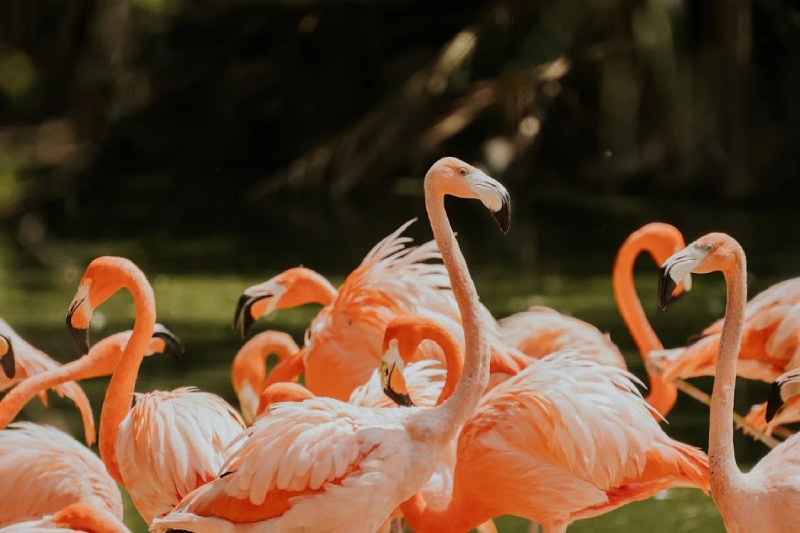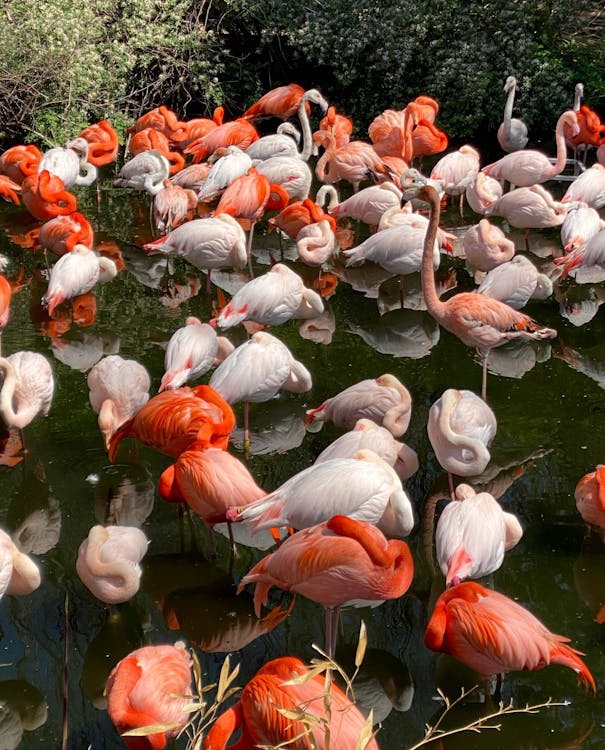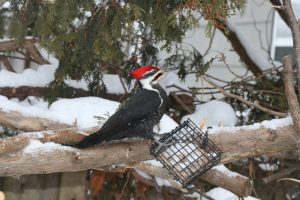- The Lifespan of Osteoclasts: How Long Do They Live?
- What is Monkfish average lifespan?
- What is Amberjack average lifespan?
- What is Sturgeon average lifespan?
- What is Barramundi average lifespan?
- What is Wahoo average lifespan?
- What is Shark average lifespan?
- What is Redfish average lifespan?
- What is Marlin average lifespan?
- What is Pompano average lifespan?
- What is Rainbow Trout average lifespan?
- What is Swordfish average lifespan?
- What is Anchovy average lifespan?
- What is Grouper average lifespan?
- What is Halibut average lifespan?
- What is Carp average lifespan?
- What is Pike average lifespan?
- What is Flounder average lifespan?
- What is Tilapia average lifespan?
- What is Sardine average lifespan?
Is Shrimp the Secret to a Flamingo’s Pink Plumage?

Flamingos are undeniably eye-catching birds, known for their vibrant pink feathers. But what causes this unique coloration? While shrimp are often credited, the answer is a little more nuanced. Let’s delve into the science behind a flamingo’s pink plumage.
Flamingo Anatomy and Physiology
Unlike most birds, flamingos are born with grey down that transforms into pink over time. This change is due to specialized cells in their feathers called melanocytes, which produce melanin (responsible for brown and black colors) and special pigment-holding structures called chromes. In flamingos, chromes accumulate carotenoids, a class of pigments responsible for the pink and orange hues.

The Shrimp Connection
Shrimp, a major food source for flamingos, do contain carotenoids. However, shrimp obtain these pigments from their diet – microscopic algae. These algae naturally produce carotenoids, specifically canthaxanthin, which gives flamingos their pinkish-red color. Flamingos filter vast quantities of water, consuming algae and shrimp, both rich in carotenoids.

Diet Studies and Observations
Studies have shown a direct correlation between flamingo diet and feather color. Flamingos in captivity, fed diets lacking carotenoids, develop paler feathers. To maintain their vibrant pink, flamingos in zoos are often given supplements like beta-carotene, another type of carotenoid found in carrots and other vegetables.
Interesting fact: There are actually six different flamingo species, with varying degrees of pink in their plumage. For example, the Chilean Flamingo leans towards a lighter pink, while the Caribbean Flamingo boasts a deeper shade. This variation might be due to differences in their natural diets and the specific types of carotenoids they consume.

Other Factors Influencing Plumage Coloration
While diet is the primary driver of flamingo pigmentation, other factors can influence feather color. Age plays a role, with younger flamingos typically displaying less vibrant pink than adults. Additionally, some research suggests sunlight exposure might affect the intensity of the pink coloration.
Conclusions
Shrimp aren’t the sole reason for a flamingo’s pink plumage, but they do play a part. Flamingos get their vibrant color from carotenoids found in algae, which are then consumed by shrimp and ultimately absorbed by the flamingos. Diet is the most significant factor, with other elements like age and sunlight exposure potentially contributing to the final color intensity. So, the next time you see a flock of flamingos, remember, their pink feathers are a testament to a fascinating dietary adaptation.



